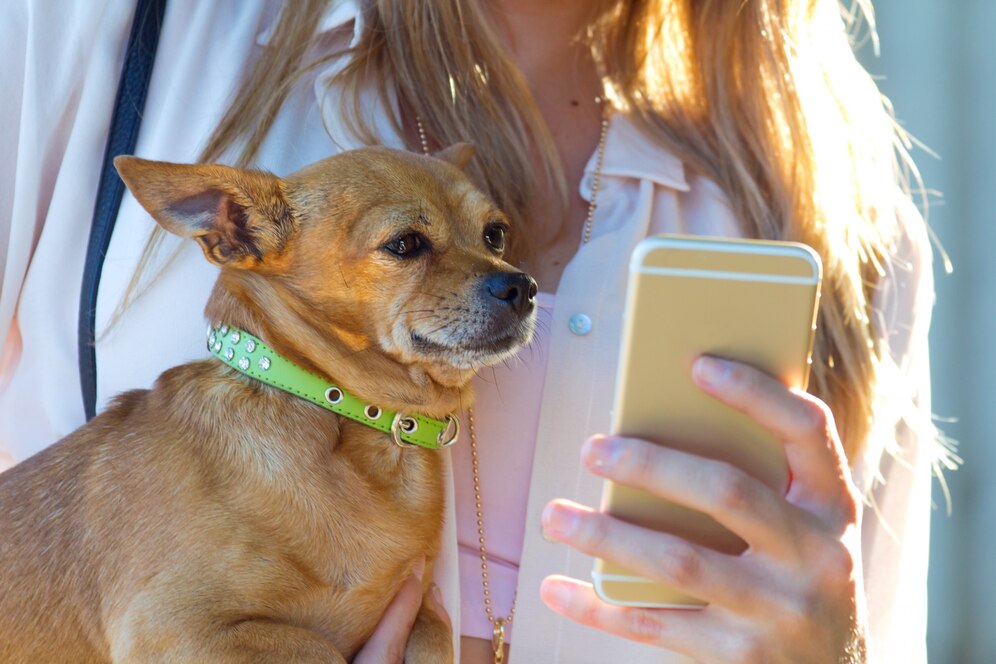Introduction
In today’s digital age, social media has transformed from a space for personal updates to a powerful platform for social change—including the world of pet rescue. With millions of users scrolling daily, platforms like Facebook, Instagram, TikTok, and Twitter have become vital tools for shelters, rescuers, and animal lovers to spread awareness, raise funds, and find forever homes for abandoned and mistreated animals. The Role of Social Media in Pet Rescue.
This article explores the heartwarming and impactful role of social media in pet rescue and how it’s revolutionizing the way we connect people with pets in need.
How Social Media Is Changing Pet Rescue
1. Real-Time Rescue Alerts
Social media enables instant sharing of urgent rescue situations. Whether it’s a dog trapped in a storm drain or a stray kitten found under a car, time-sensitive posts can reach thousands within minutes. Local community groups, rescue pages, and personal profiles help gather quick support and resources.
2. Wider Reach for Adoption Listings
Gone are the days of just flyers and bulletin boards. Platforms like Instagram and Facebook allow shelters to showcase adoptable pets with beautiful photos, videos, and bios, reaching a broader and more diverse audience.
Example: A short TikTok showing a shy dog wagging its tail for the first time can go viral and result in multiple adoption inquiries in a single day.
Key Benefits of Social Media in Pet Rescue
| Benefit | Description |
|---|---|
| Speed | Immediate sharing of rescue updates and emergencies |
| Visibility | Wider audience for adoptable pets |
| Engagement | Real-time interaction through comments, likes, and shares |
| Fundraising Potential | Easier to launch donation drives and crowdfunding campaigns |
| Community Building | Fosters a sense of unity among animal lovers |
Social Media Success Stories

1. Benny the Shelter Dog (Instagram)
Benny, a pitbull mix in a crowded shelter, was featured in a heart-melting video showing his zoomies the moment he was adopted. Shared over 3 million times, the video not only got Benny a home but raised funds for the shelter.
2. #AdoptDontShop Movement
This hashtag gained momentum on Twitter and Instagram, encouraging followers to adopt pets instead of buying from breeders or pet stores. It’s now a global campaign supported by influencers, celebrities, and animal welfare groups.
3. TNR (Trap-Neuter-Return) Awareness via Facebook Groups
Many grassroots rescues use Facebook groups to coordinate TNR projects in neighborhoods, spreading education and organizing volunteers in real time.
Platforms That Make a Difference
- Community rescue groups
- Live streams from shelters
- Lost & found pet alerts
- Visual storytelling with cute photos & reels
- Highlighting pet personalities through Stories
TikTok
- Viral rescue transformations
- Educational content in a fun, digestible format
Twitter (X)
- Quick rescue alerts with hashtags
- Tagging influencers and sharing adoption stories
YouTube
- Longer rescue stories and recovery documentaries
- Behind-the-scenes at animal shelters
Best Practices for Pet Rescue Organizations Using Social Media
1. Post High-Quality Photos & Videos
Visuals are key. Use natural light and show pets in calm, happy environments.
2. Tell a Story
Describe the pet’s personality, past, and what kind of home they need. Storytelling builds emotional connection.
3. Use Hashtags Strategically
Hashtags like #RescueDog, #CatAdoption, #AdoptDontShop help boost visibility.
4. Engage With Followers
Reply to comments, answer questions, and thank people who share your content.
5. Create Shareable Content
Memes, heartwarming before-and-after stories, and DIY tips for pet care tend to go viral.
The Role of Influencers and Celebrities

Pet-loving influencers and celebrities play a huge role in driving awareness. When someone with a large following shares a rescue story, it reaches tens of thousands instantly. Many influencers now collaborate with shelters to sponsor animals or promote specific adoption events.
Challenges and How to Overcome Them
| Challenge | Solution |
|---|---|
| Misinformation | Verify sources and provide credible updates |
| Limited staff or resources | Schedule posts in advance using tools like Buffer or Hootsuite |
| Negative comments | Moderate comments and focus on constructive engagement |
| Burnout | Share responsibility among volunteers and celebrate small wins |
How You Can Help
- Follow and support local rescues on social media
- Share adoptable pet posts
- Donate to online campaigns
- Use your platform, no matter how small, to spread rescue stories
Even one share can change a pet’s life forever.
Conclusion
Social media is more than entertainment—it’s a life-saving tool in the world of pet rescue. From real-time alerts and viral adoption campaigns to powerful community building, it allows anyone with a smartphone and a kind heart to make a difference.
By using your voice and your feed, you’re not just scrolling—you’re saving lives.
